Can you believe how much the world has changed since my last letter just a few weeks ago?
As you know, Putin invaded Ukraine and started the most significant war in Europe since WWII.
Unlike Crimea in 2014, this is not a sideshow meant to bog down Ukraine’s integration into Western alliances. Neither is it a hoax war to distract Russians from domestic problems.
It’s a full-on invasion bringing the kinds of horrors you see in old black-and-white war documentaries.
Consider this:
- Russian artillery and troops aren’t just targeting military infrastructure. They are mercilessly shelling residential buildings and opening fire on civilians. Thousands* of civilians are dead, including more than a hundred children. (*Death toll varies source by source.)
- Carpet bombings are razing entire cities to the ground. Ukraine’s prime minister, Denys Shmyhal, estimated that Russia has already inflicted more than $500 billion worth of damage on Ukraine.
- As I write this, nearly 4 million Ukrainians have been forced to leave their homes and flee to Europe. That’s the biggest refugee crisis since World War II.
- Meanwhile, according to the Ukrainian energy agency Energoatoam, a million civilians are stranded in Ukraine without electricity. Cities at the front line, like Mariupol, are left without water or heat in freezing cold temperatures. People are out of food and medicine, even water.
Despite this humanitarian catastrophe, Russians are not letting most civilians escape through corridors supposedly pre-coordinated during the peace talks.
There’s just no coming back from that.
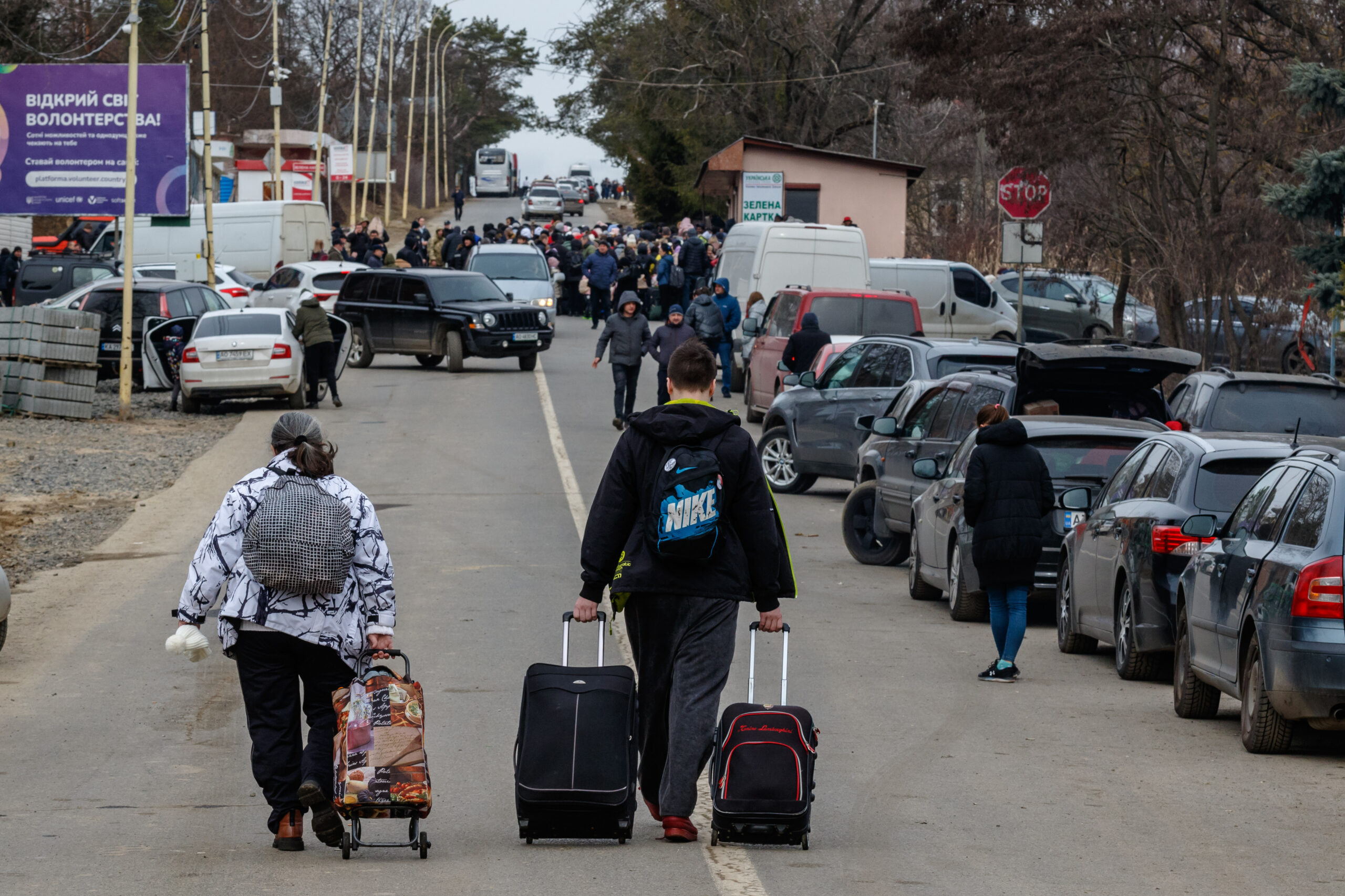
The Kremlin has no choice but to go all-in on this. And how far they’re willing to go, nobody knows. But one thing is for sure: unless Putin is overthrown, this war will drag on, and its fallout will haunt the economy for years.
We’ll pay a toll, too. Not a human toll, fortunately, but one still detrimental to our well-being.
You simply have to flip back a few pages in the history books to get a taste of what’s coming.
Now, to be clear, there are many sides to this story.
One could argue this was a war instigated by the West – particularly the US and NATO. One could argue that Putin is simply fighting back – after all, what would the US do if Russia placed nuclear-capable military facilities in Mexico and Canada? What would the US do if Russia broke agreements it made many years ago?
Nonetheless, that’s not what this Letter is about today.
Selfishly, it’s about how it affects you. To understand this, let’s go back a few decades.
The Oil Shocks of the 1970s
In 1973, OPEC slapped an oil embargo on four Western superpowers.
The oil cartel, which back then pumped 7 out of 10 global oil barrels , banned all imports to the U.S., Canada, the Netherlands, Japan, and the UK. They used it as a weapon to retaliate against Israeli allies in the Arab-Israeli war.
The embargo came at the most unfortunate time.
After WWII, America became addicted to cheap Arab oil. By 1971, its share of global crude oil production shrank from 64% to 22%. So when the ban came, the nation couldn’t ramp up domestic production to make up for lost imports.
The first oil shock started.
By 1974, oil became scarce, and its price quadrupled from US$3 to nearly US$12 per 42-gallon barrel ($75 per cubic meter). Thus, plunging America into one of the biggest energy crises in its history.
Nixon quickly introduced a strict rationing program.
Gas stations began to limit gasoline sales, leading to thousands of cars queued at the pump in mile-long lines. Some states even banned Christmas lighting to save energy ahead of the holiday season.
Then the Iranian Revolution came about.
Oil supply from Arab nations fell off the cliff again. Although it accounted for only 7% of global oil production, the fear of the unknown sparked a blaze of speculative hoarding. The second oil shock followed. By 1980, crude oil prices doubled.
These supply shocks wreaked havoc on the US economy.
Record energy prices added to costs across the whole economy. As a result, prices soared, and inflation swiftly blasted past the double-digit mark, reaching a post-war record of 14.59%.
Fast forward to today.
Russian Oil Embargo
Today we are in a similar situation, but with roles reversed — at least so far.
Last week, Biden imposed a sweeping embargo on Russian fossil fuels. The executive order banned the import of all oil, gas, and coal originating in Russia – part of a barrage of sanctions western allies slapped on Russia.
Canada immediately followed suit, and the UK pledged to pull the plug later this year.
The US and the UK import just 3% and 8% of their oil from Russia. As a result, their bans alone won’t cripple Russia; they are merely setting an example for other nations and private companies.
For example, Shell, the world’s fourth-largest oil company, announced it would stop buying Russian crude oil. Together with British energy giant BP and America’s ExxonMobil, they are also pulling their operations out of the country.
Meanwhile, British energy giant BP is dumping its 20% stake, worth $14 billion, in Russia’s state-owned Rosneft. That’s a big blow considering BP was by far the biggest ever Western investment in Russia.
Russia is the world’s second-largest oil exporter, shipping seven million barrels per day. It makes up more than 10% of the global oil supply. Yet its production still heavily depends on Western technologies.
So the West’s breakup with Russia’s “bloody oil” won’t only limit its sales in Western economies but will leave major technological voids that can derail Russia’s supply and disrupt global oil production.
According to Goldman Sachs research, the first two weeks of Russia’s isolation led to the fifth-largest energy disruption since World War II:
“More than half of Russia’s March loadings so far were reported unsold and, if sustained, this could represent a 3 million barrel per day (bpd) fall in Russian crude and product seaborne exports, the fifth-largest disruption in a month since World War Two.”
The drying up Russian oil well is likely to bring oil prices to new records.
In fact, Goldman Sachs upped its yearly crude oil forecast to $135-175. Meanwhile, JPMorgan’s energy analysts estimate oil will hover around $125 this year and soar to $150 in 2023.
But don’t think that these sanctions only hurt Russia. The West is also economically shooting itself in the foot.
The higher the oil and gas price, the more money Russia makes from its commodities exports – just take a look at the price of oil, wheat, nickel and palladium.
Now take a look at the prices of gas even on this side of the world.
And if you think that the technological disruptions from Western sanctions will hurt Russia, think again. Instead of iPhones, Russians can buy Huawei’s; instead of MacBooks, Lenovo’s.
Think of the sanctions as more of an inconvenience – one that ultimately hurts the western world also by indirectly raising prices. If Russia has to pay more to navigate sanctions, we all end up paying more.
But that’s not all.
If the Kremlin makes good on its threats to embargo fossil fuels to Europe, things can get much worse.
Europe imports around 40% of its natural gas and 30% of its oil from Russia; cutting that umbilical cord could lead to the energy “Hunger Games” in Europe. It won’t be pretty.
In such a case, oil could spike way past those estimates.
Europe’s Breadbasket
While everyone is obsessed with Russian oil and prices at the pump, many forget about what Ukraine means to Europe in this battle. It’s yet another reason the West wants to maintain control in this country.
Ukraine is the second-largest country in Europe. Its arable land, almost the size of California, holds a quarter of the world’s black soil reserves.
And that soil produces a large percentage of the world’s staple foods.
By export, Ukraine ranks (source):
- #1 in sunflower seed oil (14% of global exports), which is heavily consumed in most food processing
- #5 in wheat (10% of global exports)
- #3 in rape seeds (18% of global exports)
- #4 in barley (10% of global exports)
- #3 in corn (16% of global exports)
In other words, Ukraine is feeding a lot of the world.
For example, the EU sources 50% of its corn, 20% of its wheat, and 25% of its vegetable oil from Ukraine. Many nations across the Middle East, North Africa, and South Asia import most of their grains from Eastern Europe.
Meanwhile, Ukrainian farmers cover over half of China’s corn imports.
And now this breadbasket is being razed to the ground.
According to the UN Food and Agriculture Organization, the war has already affected over one-third of the crop fields in Ukraine, which will be left unsown or unharvested this year.
Even if the war ends now, the devastated regions won’t start plowing at the snap of a finger.
Via FT:
“According to regional administrators, some of these fields are likely to be mined or contain unexploded ordnance. Even when we are ready to start ploughing and planting, anti-mining and ordnance measures will be essential — and we urgently request help from all civilized countries in that task.”
Who could pick up the slack?
The only European country that rivals Ukraine in agriculture is Russia, which is under heavy sanctions. So if both nations go off the global trade grid, we are in for a historic food shortage.
According to Oleg Ustenko, the economic adviser to the president of Ukraine, the extended war could even halve the supply of some staple foods:
“If this war is not stopped immediately, the world will experience a drop of global supply between 10 per cent to 50 per cent of major agrarian products including wheat, barley, corn, rapeseed, and sunflower oil.”
Not only that, major nations have begun hoarding food supplies. Even those that are well off — like China, which holds half of the world’s wheat reserves — are slapping the brakes on exports in fear of running out.
It’s toilet paper hysteria on a state level.
Meanwhile, the Kremlin banned fertilizer exports to protect its local farmers.
Crop nutrients are a key input in food production, and Russia ranks #2 in its exports. If Putin keeps Russia’s cheap fertilizers to himself, global stock will plummet. This will devastate yields and stoke already high food prices.
Since February, staple grains, such as wheat, corn, and barley, are already up 20-30%. And that could be just the beginning.
Via Wired:
“This crisis is beyond the normal ability to shuffle supplies around,” says Scott Irwin, an agricultural economist and professor in the College of Agricultural, Consumer and Environmental Sciences at the University of Illinois at Urbana-Champaign. “We’ve exploded that system, and the cost is going to be extreme economic pain.”
If Russia controls Ukraine, it will not only have a stranglehold on European energy, but food as well.
Now that’s power. The West knows it. Russia knows it. It’s about time you do, too.
A Perfect Inflationary Storm
The world has barely recovered from the policies created from Covid.
Political pandemic-induced supply disruptions are still sweeping up the global economy. We are short on everything from studs to microchips, bogging down manufacturing and fueling inflation.
Just as we predicted, and even prior to this war, we said commodity prices would rise sharply.
And boy, did that prove true sooner than we thought.
Gas is going up. Utility bills are going up. Food prices are going up.
Even the cold-headed International Monetary Fund warns that the global economy is bound for economic disruptions and inflation that will “fundamentally alter the global economic order.”
Start thinking about your portfolio and look to commodity stocks for even more leverage.
If these embargo wars don’t change course immediately, the ’70s inflation breakout will seem like a walk in the park.
-Carlise Kane
Disclosure: We own commodity stocks.


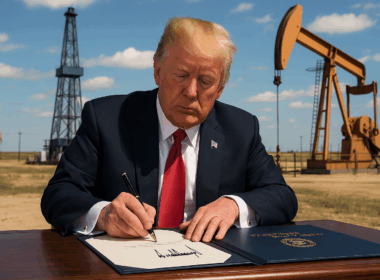
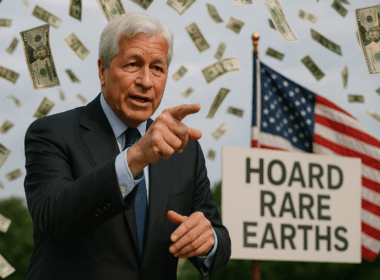


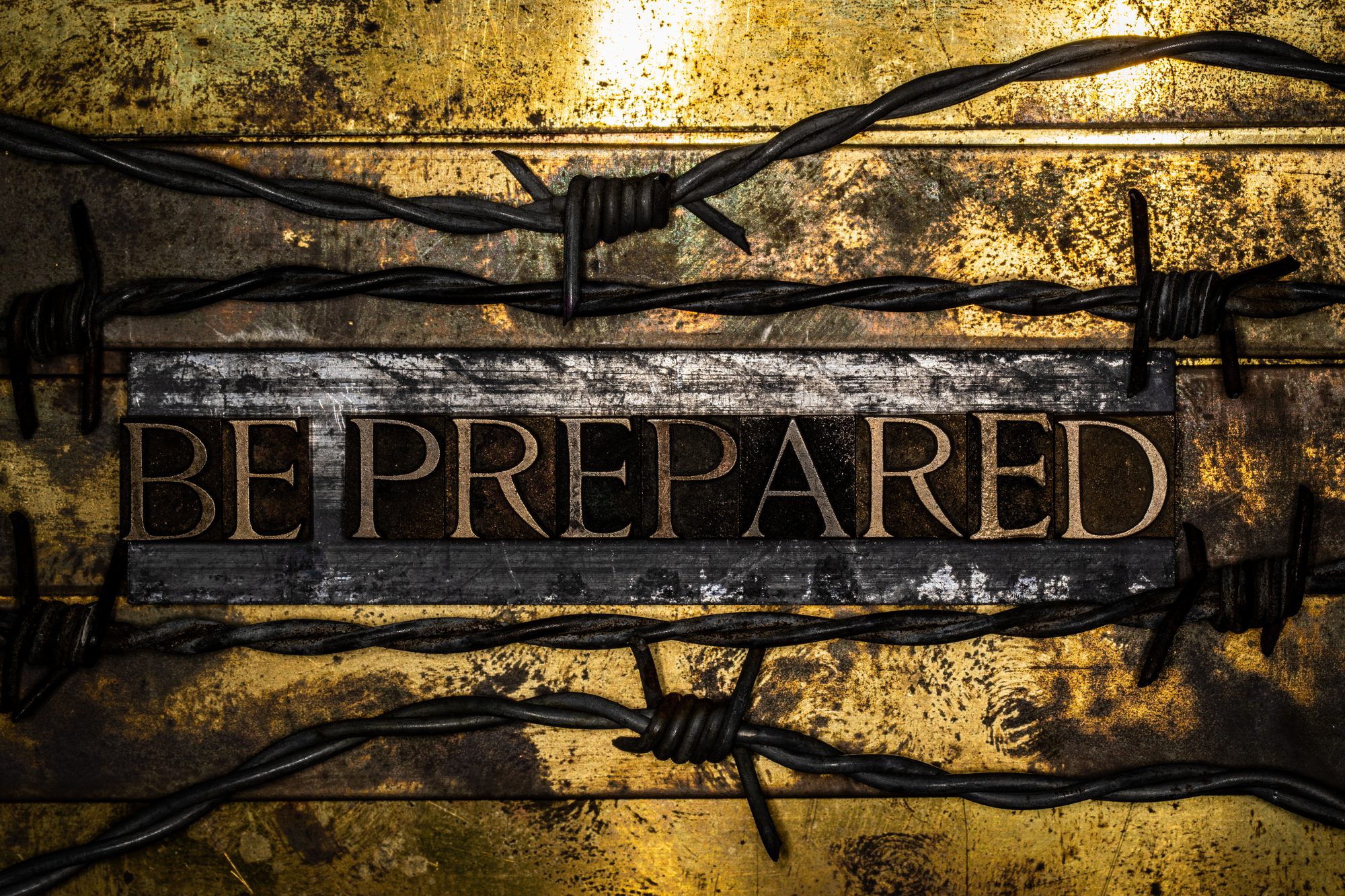

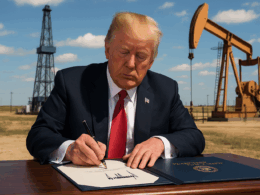
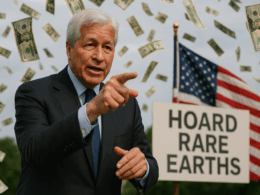


So true, truer words were never printed!
Well you started this article with nothing but pure 100% lies & western propaganda which really surprised me. I thought you were a lot smarter than that. I’m guessing you’re just too scared to tell the truth. Anyone who seeks the truth can start with Oliver Stone’s documentary Ukraine On Fire and go from there. The U.S./ Nato have killed millions over the last 20 years alone and lied their way into every one of those wars but I’m sure they’re telling the truth on this one.
John
I feel sorry for you.
You should seek mental help.
Dubb
It`s all a plan. Don`t forget about the depopulation plan also. The coming very high prices will wipe out the middle class. It`s all about control and the great reset. More crises will control to come. This war is part of the overall plan. Nuclear weapons will not be used.
Here in Canada, our Prime Minister, Justin Trudeau, is doing everything he possibly can to destroy our economy further. He has taken away our oil and gas industry! Doled out billions to foreign countries so they can build homes or educate their kids all the while our housing prices soar due to lack of properties. Our children go to school without food. Our exports are minimal. Our taxes have been increased incrementally. We are paying extreme taxes on gasoline. Extreme taxes on natural gas to heat our homes. He has taken away necessary programs in order to increase taxes to provide discounts to parents of young families to allow their kids to attend daycare. We are all paying for that one. Finally, he wants into NATO. He wants a seat! He is trying to be the humanitarian too the world to achieve this with our money. This man needs to sent back to do what he went to school to train for. A part time drama fill in!